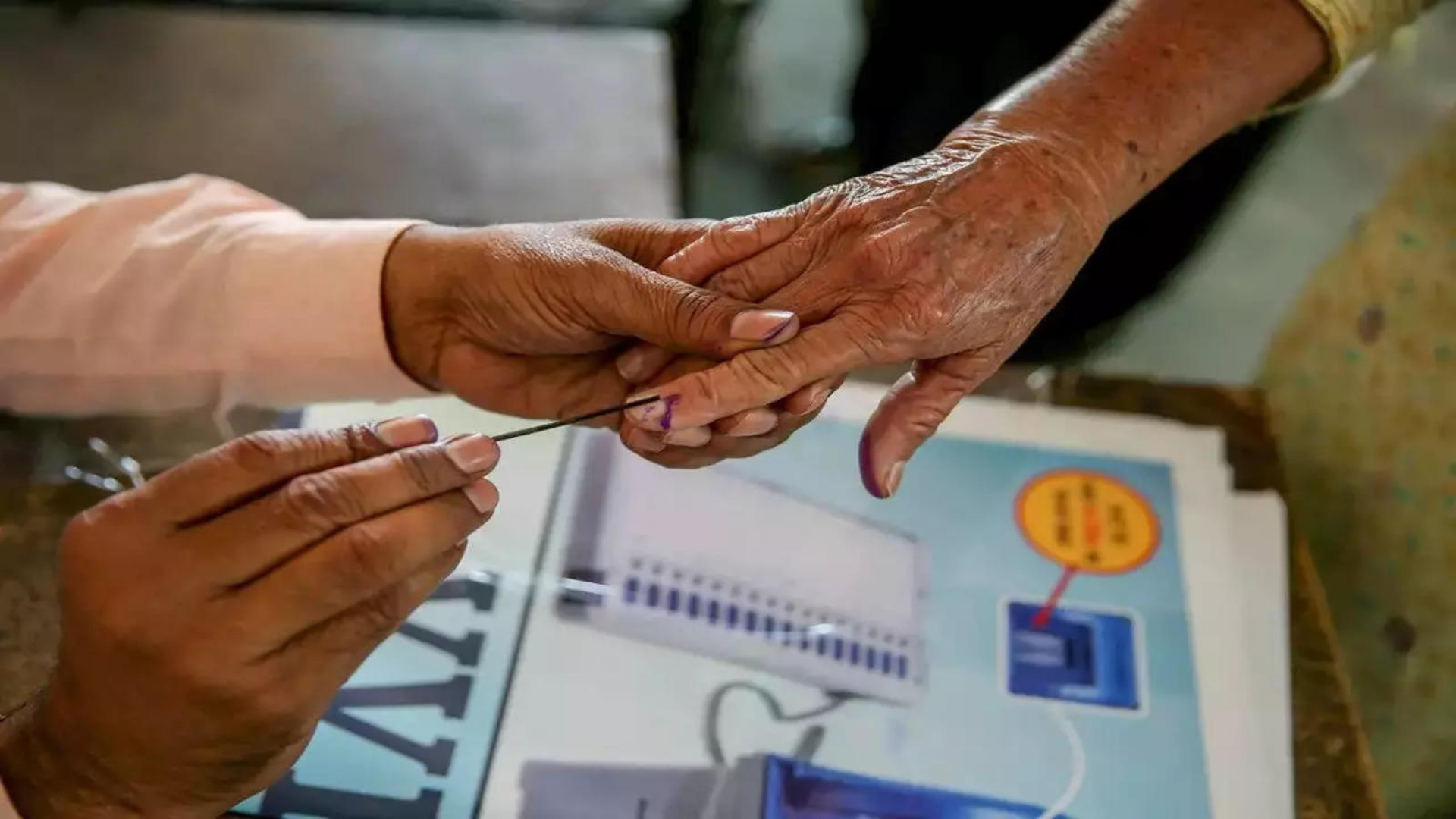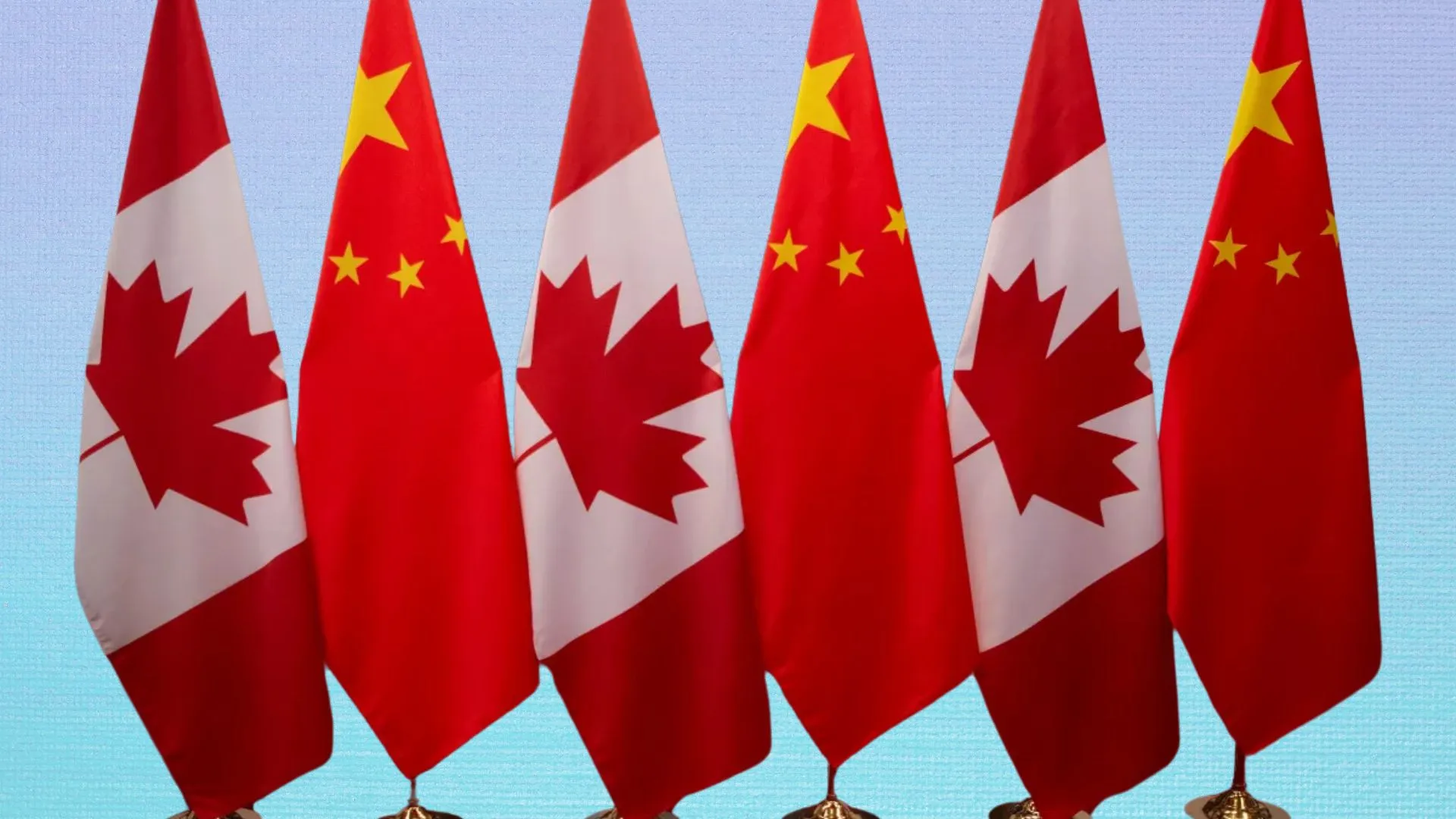The Lok Sabha elections of 2024, heralded by the Bharatiya Janata Party (BJP) as a pivotal moment toward India’s 2047 aspirations and portrayed by the Opposition as a battle for democracy’s survival, commenced today with the first phase of voting spanning 102 constituencies across 21 states and Union Territories.
Here are the key takeaways from the opening phase of this extensive electoral exercise:
1. Geographical Spread: The initial phase saw polling across multiple states, including Tamil Nadu (39 seats), Rajasthan (12 seats), Uttar Pradesh (8 seats), Madhya Pradesh (6 seats), Uttarakhand (5 seats), and several others encompassing a diverse range of constituencies.
2.Simultaneous State Elections: Alongside the Lok Sabha polls, four states – Andhra Pradesh, Odisha, Sikkim, and Arunachal Pradesh – also initiated the process of electing new assemblies, with Arunachal Pradesh and Sikkim leading the charge.
3. Voter Turnout: By 5 pm, the recorded voter turnout stood at 59.7 percent, showcasing varying participation rates across different regions, with notable figures such as Tamil Nadu at 63.2 percent and Madhya Pradesh at 63.3 percent.
4. Incidents of Violence: Despite the electoral fervor, instances of violence and disruptions were reported, including clashes between Trinamool Congress and BJP workers in Bengal, and vandalism at polling stations in Manipur and Tamil Nadu resulting in unfortunate casualties.
5. BJP’s Ambitious Targets: Backed by an intensive campaign spearheaded by Prime Minister Narendra Modi and party president Amit Shah, the BJP aims to secure a resounding victory, targeting a significant increase in seats compared to its 2019 tally.
6. Opposition Bloc Unity: The Opposition, despite facing internal challenges and defections, rallied together following significant events like the arrest of Delhi Chief Minister Arvind Kejriwal, presenting a united front against the BJP in select constituencies.
Also read: Lok Sabha Elections 2024: West Bengal records 77.57 per cent voter turnout
7. Regional Dynamics: The BJP strategizes to consolidate its stronghold in the northeast, the Hindi heartland, Jammu, Gujarat, and Bengal, while making inroads in Karnataka and Tamil Nadu with strategic alliances and outreach efforts.
8. Congress’ Comeback Aspirations: The Congress party, aiming for a resurgence, anticipates improved performances in northern states traditionally dominated by the BJP, alongside strong showings in Telangana, Karnataka, and Tamil Nadu through alliances.
9. Key Contestants: Notable figures contesting in this phase include Union ministers, former chief ministers, and prominent leaders, adding intrigue and competitiveness to more than 20 electoral battles.
The election process will unfold over multiple phases, culminating in the counting of votes on June 4, which will determine the composition of the 17th Lok Sabha and potentially reshape India’s political landscape. As the first phase concludes, the focus now shifts to subsequent stages as parties intensify their efforts to secure electoral success amidst a charged and dynamic electoral environment.






















